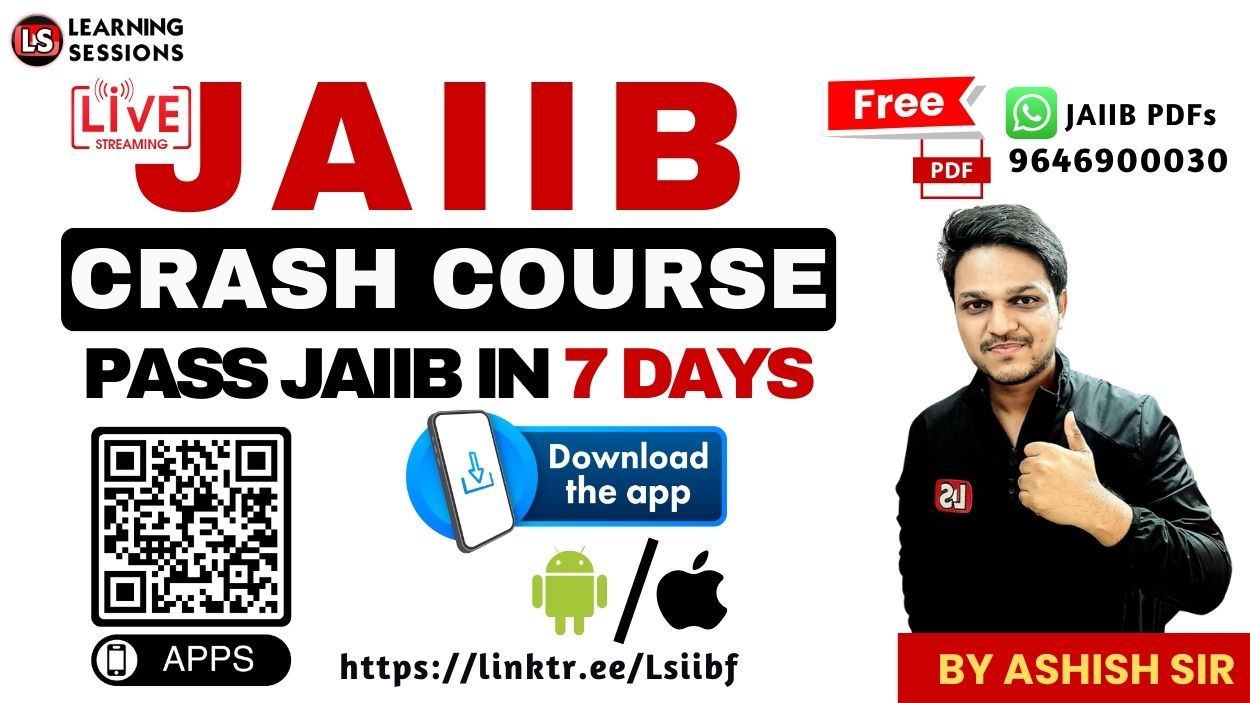Have you ever wondered how banks process checks so quickly? Or why your check might bounce despite having funds? Understanding banking operations is crucial for every banking professional, especially if you’re preparing for JAIIB 2025.
📚 JAIIB Study Resources 📚
👉 Check Here
👉 Check Here
👉 Check Here
👉 Get Tests Here
👉 Check Here
🎥 Before we dive in, watch this video for a complete breakdown:
Banking Operations & CTS – Timestamp Breakdown
Passbook & Statement of Accounts (00:01:13)
Passbooks are essential records for customers, and every savings account holder is entitled to receive one. Monthly statements should also be sent to customers **free of charge**, ensuring they can track their transactions without incurring extra costs.
Additionally, banks must include **nominee details, branch address, MICR & IFSC codes** in passbooks to enhance transparency and ease of use.
Issuance & Handling of Checkbooks (00:04:47)
A check is a negotiable instrument as per the **Negotiable Instruments Act, Section 6**. It involves three parties:
- Drawer: The person who writes the check.
- Drawee: The bank where the account is maintained.
- Payee: The individual or entity receiving the payment.
Banks cannot force customers to accept check delivery through specific channels like couriers. Customers should also be mindful of **post-dated and stale checks**, as banks will reject invalid checks.
Understanding Check Truncation System (CTS) (00:13:24)
To streamline check processing, the **Check Truncation System (CTS)** was introduced in **2010 by the RBI**. It eliminates the need for physical check movement and enables faster transactions. This process reduces fraud risks and enhances banking efficiency.
India has three major CTS grids:
- Northern Grid: Delhi
- Western Grid: Mumbai
- Southern Grid: Chennai
Additionally, banks use **digital signatures and Public Key Infrastructure (PKI)** to ensure check authenticity.
Positive Pay System (PPS) for High-Value Checks (00:28:15)
The **Positive Pay System (PPS)** was introduced in 2021 to prevent check fraud, particularly for high-value transactions. Any check above ₹7.5 lakh requires the issuer to confirm its details via **SMS, mobile app, or internet banking**.
If there is any mismatch between the recorded details and the issued check, the bank may decline payment, thereby protecting customers from unauthorized transactions.
https://learningsessions.in/jaiib-ppb-chapter-14-part-1-responsibility-of-collecting-bank-free-epdf/
Conclusion & Next Steps
By now, you should have a solid understanding of how banks handle checks, deposits, clearing systems, and CTS operations. This knowledge is crucial for JAIIB 2025 and real-world banking.
Key Takeaways:
- Passbooks & statements must be provided without extra charges.
- CTS speeds up check processing and reduces fraud risks.
- Positive Pay System ensures high-value check security.
🚀 What’s next?
- Implement what you’ve learned in real banking scenarios.
- Prepare for the JAIIB exam with free PDFs & mock tests.
- Drop a comment below with your questions or insights!
🔔 Subscribe for more banking insights & exam tips!
📥 Download Free JAIIB PDF
Want access to all JAIIB PDFs for free? Simply WhatsApp ‘JAIIB PDF’ to [8360944207] and get instant access!
📲 Also, download the mobile app for 4000+ practice questions to ace your exam.







